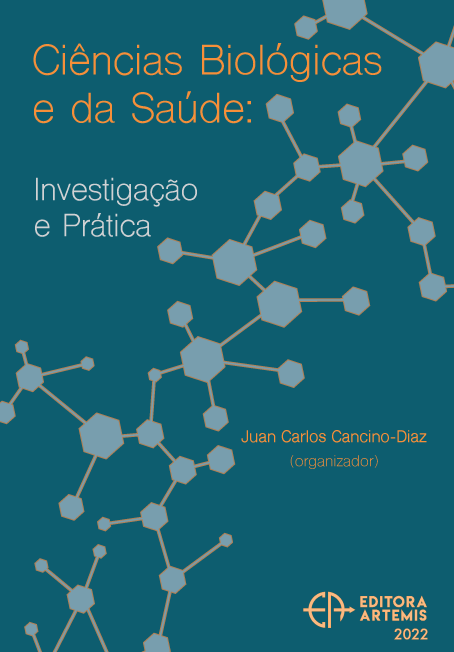
EFECTO DE LA FERMENTACIÓN CON Bacillus subtilis ANT01 EN LA ACTIVIDAD ANTIFÚNGICA DEL EXTRACTO ACUOSO DE CLAVO (Syzygium aromaticum)
El objetivo del trabajo fue determinar el efecto de la fermentación en la actividad antifúngica del extracto acuoso de clavo (Syzygium aromaticum). Como organismo fermentador fue empleado Bacillus subtilis ANT 01 y como organismo blanco Rhizopus sp aislado de la podredumbre post-cosecha de la corona de frutos de banano. Los tratamientos de fermentación del extracto acuoso de clavo fueron realizados con el diseño factorial fraccionado Plackett-Burman de siete factores a dos niveles: aireación, pH, glucosa, nitrato de amonio, luz, filtrado antes de fermentar y temperatura. La actividad antifúngica (diámetro de crecimiento efectivo) fue determinada creciendo Rhizopus sp. en ADP adicionado con el fermento libre de células de los diferentes tratamientos a 0, 2, 4, 6 y 8 días de fermentación. La dinámica antifúngica de las fermentaciones mostró tres patrones. Los tratamientos 2 y 3 (T2 y T3) disminuyeron la actividad antifúngica; T1, T5, T6 y T8 iniciaron disminuyendo la actividad antifúngica y posteriormente se incrementó; T4 y T7 aumentaron la actividad antifúngica. El T4 redujo en 100% el desarrollo de Rhizopus sp.
EFECTO DE LA FERMENTACIÓN CON Bacillus subtilis ANT01 EN LA ACTIVIDAD ANTIFÚNGICA DEL EXTRACTO ACUOSO DE CLAVO (Syzygium aromaticum)
-
DOI: 10.37572/EdArt_28082260611
-
Palavras-chave: Banano, post-cosecha, inhibición, fitopatógenos
-
Keywords: Banana, postharvest, inhibition, phytopathogen
-
Abstract:
The objective of the work was to determine the effect of fermentation on the antifungal activity of the aqueous extract of clove (Syzygium aromaticum). Bacillus subtilis ANT 01 was used as the fermenting organism and Rhizopus sp isolated from the post-harvest rot of the crown of banana fruits as the target organism. The fermentation treatments of the aqueous extract of clove were carried out with the Plackett-Burman fractional factorial design of seven factors at two levels: aeration, pH, glucose, ammonium nitrate, light, filtering before fermentation and temperature. The antifungal activity (effective growth diameter) was determined by growing Rhizopus sp. in ADP added with the cell-free ferment of the different treatments at 0, 2, 4, 6 and 8 days of fermentation. The antifungal dynamics of the fermentations showed three patterns. Treatments 2 and 3 (T2 and T3) decreased antifungal activity; T1, T5, T6 and T8 started by decreasing the antifungal activity and later it increased; T4 and T7 increased antifungal activity. T4 reduced the development of Rhizopus sp. by 100%.
-
Número de páginas: 15
- Miguel Salvador-Figueroa
- María de Lourdes Adriano-Anaya
- Oscar Manuel Montoya-González
- Miguel Salvador-Adriano
- Gamaliel Velázquez-Ovalle
- Alfredo Vázquez-Ovando

